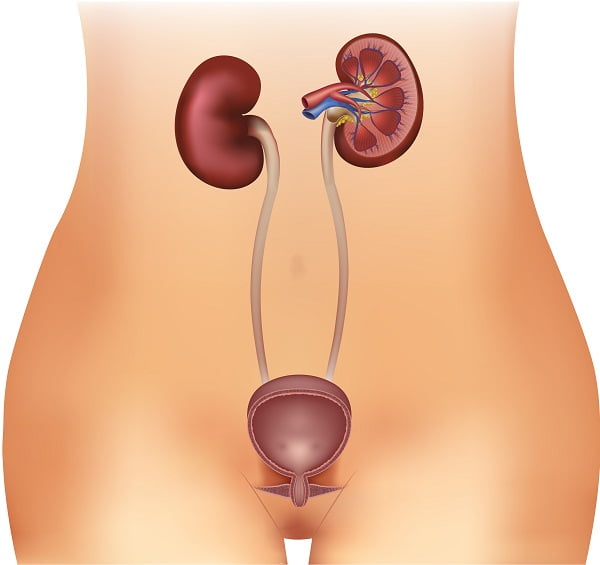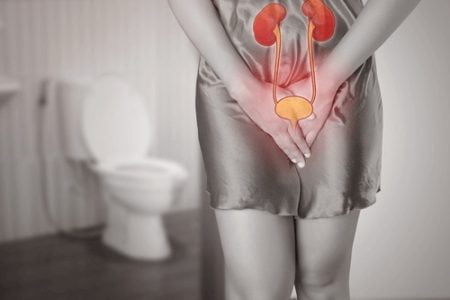Tests and Procedures used to Diagnose Urinary Tract Infections (UTIs)
If you suspect you have a urinary tract infection and notice the typical symptoms of UTI, you should immediately see a doctor. While the infection is easily treatable, it can become complicated if the treatment is delayed. Your doctor may ask you to give a urine sample, which is tested in a lab for the presence of microbes that cause UTI.
Following tests are generally conducted to diagnose UTI at different stages and to rule out various possibilities that may exhibit similar signs as those of UTI:
Urine Sample Analysis: Your doctor may ask to collect a urine sample for analysis. The test tries to look for white blood cells, red blood cells or any bacteria that may be responsible for the infection. It is recommended that you first clean your genital area with an antiseptic pad and then collect the urine midstream so that any external contamination that may otherwise show the result positive for infection could be avoided.
Urine Culture: A urine culture is a test that is used to detect bacteria in urine. The test can find and identify the microbes that cause a urinary tract infection. Your doctor can ask to collect urine for a urine culture in several different ways. The most common method is the midstream clean-catch method. The urine is kept for several days to allow the bacteria to grow, if they are present in it. The sample is then tested under a microscope. If the urine contains signs of bacteria or other organisms, the report will show a positive result.
Ultrasound or Computerized tomography (CT) scan or magnetic resonance imaging (MRI): If you develop infections frequently, your doctor may want to review for any abnormality in your urinary tract. In such cases, he may ask you to go for an imaging test such as an ultrasound, MRI, or a CT scan.
Cystoscopy: In some cases, your doctor may perform a procedure called cystoscopy. This involves a long and thin tube with a lens (called cystoscope) to see inside the urethra and bladder. The cystoscope is inserted in the urethra and passed through the bladder to visualize the internal parts for any abnormality.
Mostly, urine samples are collected from adult patients via the clean-catch midstream technique as discussed above. This technique has many advantages. It is neither invasive nor uncomfortable. It is simple as well as inexpensive and can easily be performed in a clinical setting.
The disadvantage of this clean-catch technique is however that the urine passes through the distal urethra where it can become contaminated with commensal bacteria. There are though simple ways to decrease this contamination such as cleansing of skin and mucous membranes proximate the urethral opening before collection, allowing the first part of the urine stream to pass into the toilet, and collecting urine for culture from the midstream. Though the clean-catch midstream method is widely accepted, however there is evidence that indicates that the cleansing procedures may not decrease urine contamination significantly.
FAQs
How is a urinary tract infection diagnosed?
Diagnosis involves a physical exam, urine tests, and sometimes imaging studies. Quick and accurate diagnosis is crucial for effective treatment.
Are there specific tests to identify the causative bacteria?
Yes, a urine culture can identify the specific bacteria causing the infection, helping healthcare professionals prescribe targeted antibiotics.
Can UTIs be diagnosed at home?
While at-home test kits are available, consulting a healthcare professional for a comprehensive diagnosis is recommended for proper treatment.
What role does medical history play in UTI diagnosis?
Providing a detailed medical history helps healthcare providers understand risk factors and tailor a treatment plan specific to the individual.
Are there complications associated with misdiagnosed UTIs?
Misdiagnosed or untreated UTIs can lead to more severe infections and potential complications, emphasizing the importance of accurate diagnosis.







